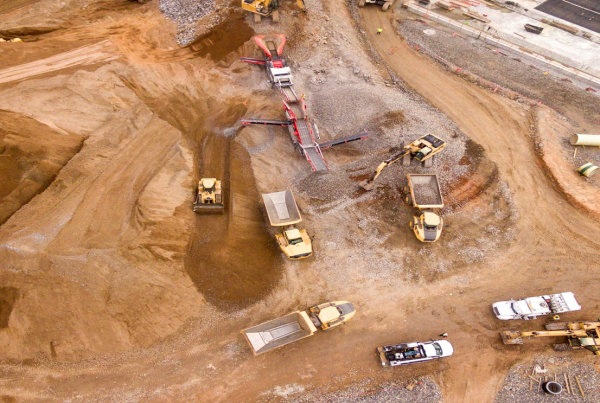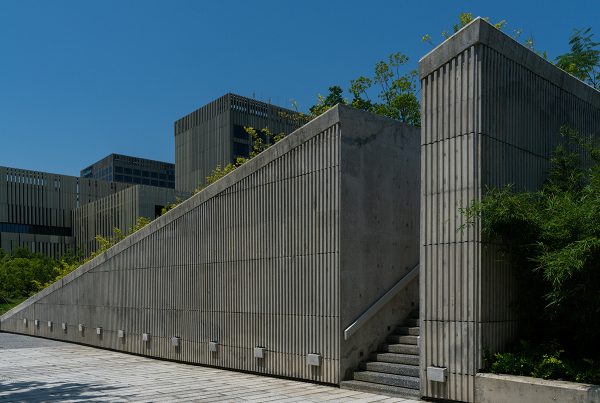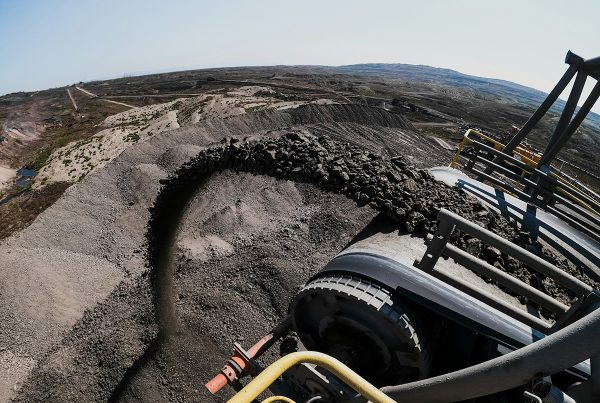We need to take our local parks seriously. They’re the last bastion of greenness in any urban setting, the breath of relief amidst looming steel and glass skyscrapers that characterize our modern world.
Yes, the built world might aspire to be as green and sustainable as possible, and that’s good. Buildings have changed over the centuries, but parks have essentially retained their grace and simplicity. Ultimately it is in our parks where true unspoiled greenness lies.
And yet not all parks are created equal. Some are merely a decorative patch of land with grass, flowers, and trees and not much else—a planted space perfunctory installed to have some semblance of green in the area.
The truly great sustainable parks however aren’t just tree-lined and abloom in flowers. More importantly they are alive with the bustle of people who flock there. These parks are successfully and seamlessly woven into the city fabric. Great parks provide a host of activities that encourage the public to get out of their hallowed air-conditioned spaces and enjoy the outdoors. This is where the community gathers, a hodgepodge of people united in the spirit of good, clean, eco-minded fun.
According to the Project for Public Spaces, these nine things make for a successful local park:
- integration with the city transit system
- efficient park management
- strategies to attract visitors all-year-round
- diverse funding sources
- a flexible park layout
- a good balance of “inner park” and “outer park”
- amenities to cater diverse groups of park visitors
- attractions and destinations throughout the park
- and finally, an identity and image for the park
As for the claim to greenness, there are definitely lots of avenues for improvement in the operations and facilities of a sustainable park. The mostly open environment of parks makes it particularly challenging to maintain a level of greenness and sustainability.
1. Park design. Sustainable park design and construction have to be well thought of, and green features must be installed early on—from LEED-ready park buildings to water-efficient toilets to stormwater capture to green roofs to walkable layouts.
2. Maintenance. More than just having a sustainable park design and construction, it is in the day-to-day maintenance and operations where we can achieve true greenness. Park managers and staff have to be truly passionate about nature so they can explore new ways of being green and then share that to the public.
3. Xeriscaping. Parks don’t have to be water-intensive. A well-planned xeriscaped park that uses drought-resistant, native plants helps conserve water, saves money, and still looks great.
4. Waste management. Parks generate a huge deal of trash not just from fallen leaves but from food waste and non-biodegradable waste as well. During special events attended by thousands of people, the waste produced can even triple. In this regard, a composting and recycling facility are a must in any local park.
5. Community education and engagement. Parks are the perfect venues for educating the public—kids and adults alike—regarding ways to green up our environment. Even better than lively seminars and colorful forums are real hands-on activities that engage the public—tree planting, park clean-ups, and recycling drives.
Developers have often viewed local parks as delightful places that boost property values. But when we start to think of parks as premium places that unite the community and conserve the environment at the same time, then we start to see the big picture.












